The Ly Dynasty phoenix head is an original, unique artifact.
Among the 33 newly recognized National Treasures, there is a very special artifact associated with the Ly Dynasty, the Phoenix Head dating from the 11th-12th century, currently kept at the Imperial Citadel of Thang Long - Hanoi .
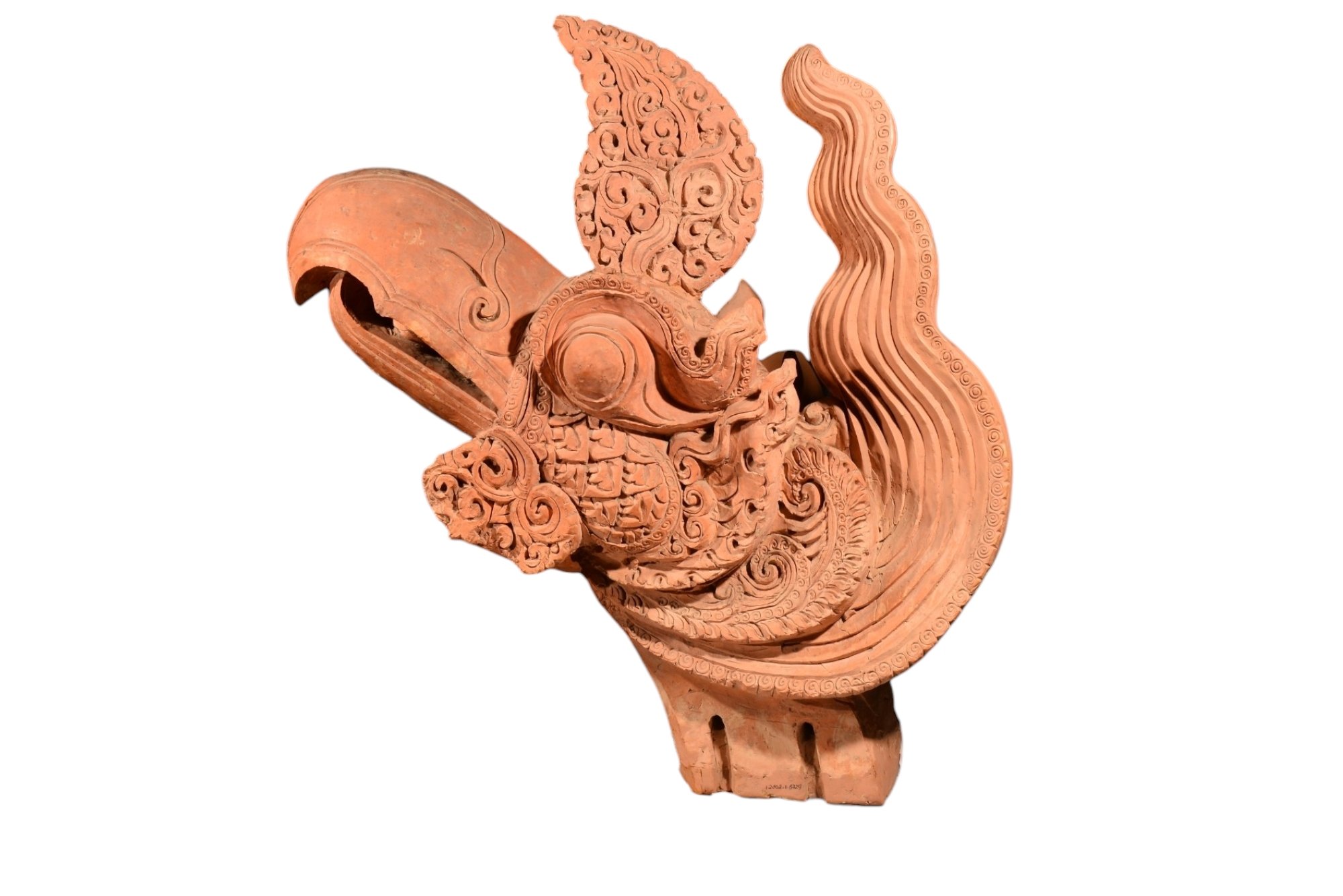
Collection of Phoenix Heads dating from the 11th-12th century currently kept at Thang Long Imperial Citadel - Hanoi. Photo: HTTL
A representative of Thang Long Imperial Citadel said that the collection of phoenix heads from the Ly Dynasty that has just been recognized as a National Treasure are round statues of various sizes. The phoenix head represents the phoenix in a moving position. The mane moves strongly with many curves, facing forward.
Long beak, wide cheeks, slanted crest, pointing forward. Big, round and prominent eyes, long eyebrows in upward stripes; large, wide ears curved to follow the movement of the crest and mane.
The Phoenix Head of Thang Long Citadel is made of baked clay, the fine clay bone shows that the clay used as raw material was carefully fermented and processed before being molded. The entire pattern is carved by hand.
The Ly Dynasty Phoenix Head Collection in Thang Long Imperial Citadel are typical and unique artifacts discovered underground in the archaeological site at 18 Hoang Dieu in the central area of Thang Long Imperial Citadel during the Ly and Tran dynasties. All artifacts were discovered in locations with stable stratigraphy, undisturbed by later periods.
Accordingly, in the area of 18 Hoang Dieu, a large-scale architectural system of the Ly Dynasty was discovered, interconnected to form a closed complex. This system of architectural works of the Ly Dynasty was restored, repaired and continued to be used during the Tran Dynasty.


The roof of the Ly Dynasty Palace. Photo: HTTL
Depending on the role and position of each architectural work, it is decorated differently. Important architectural works are all decorated very elaborately and sophisticatedly, especially the architectural roof.
Studies also show that the decoration on the roofs of Ly and Tran dynasties is very elaborate with many different elements. The basic decorative elements on the roofs of Ly and Tran dynasties often include: balanced Bodhi leaves in the middle of the roof, dragon/phoenix heads, offset Bodhi leaves...
The phoenix heads in this collection were found together with other relics and are one of the important evidences that help researchers identify the architectural roofs of the Ly and Tran dynasties. Therefore, the collection of phoenix heads discovered at Thang Long Imperial Citadel is not only an original artifact but also an important document with value for the study of architectural art and sculpture of the Ly dynasty in the 11th - 12th centuries.
The Phoenix Head Collection represents the symbolic value of the architectural history of Dai Viet during the Ly Dynasty.
According to experts of Thang Long Imperial Citadel, phoenix and dragon are symbols of royalty, in which phoenix is often associated with the queen. The image of the phoenix - dragon couple represents complete happiness. With such symbolic meanings, the use of phoenix images to decorate architecture during the Ly and Tran dynasties seems to also reflect the existence and harmony of Buddhism and Confucianism, between theocracy and secular power in art and sculpture during the Ly - Tran dynasties.
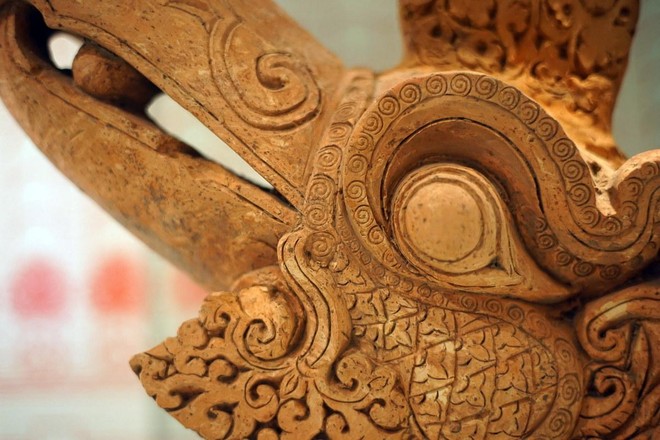
Close-up of the Ly Dynasty phoenix head found at the excavation site at 18 Hoang Dieu, Hanoi. Photo: HTTL
Although absorbing the important symbolic meanings of the phoenix image from China, the shape and structure of the phoenix of the Ly Dynasty in general and the Collection of Phoenix Heads of the Ly Dynasty discovered at the Thang Long Imperial Citadel in particular have differences compared to the phoenix image of other countries.
Comparing the phoenix heads of the Ly Dynasty with the phoenix heads of the Tran and Ho Dynasties that followed, there are many differences. The phoenix heads of the Ly Dynasty and the phoenix heads of the Tran Dynasty often have similar structures, but in detail, the decorative motifs on the phoenix heads of the Ly Dynasty are made more meticulously and carefully.
The motifs are often carved directly in one piece while the motifs on the phoenix head of the Tran Dynasty tend to be more and more simplified. The phoenix head from the late Tran Dynasty to the Ho Dynasty had changes in both structure and construction techniques. The body was often elongated; the statue was a hollow block to reduce the weight of the phoenix head, the decorative details on the head were drawn and drawn instead of being carved in detail like the phoenix heads of the Ly and early Tran Dynasties. That created the unique features of the Ly Dynasty art.
Source: https://danviet.vn/dau-phuong-thoi-ly-vua-duoc-cong-nhan-bao-vat-quoc-gia-mang-y-nghia-gi-trong-kien-truc-dai-viet-20250103180035047-d1203877.html







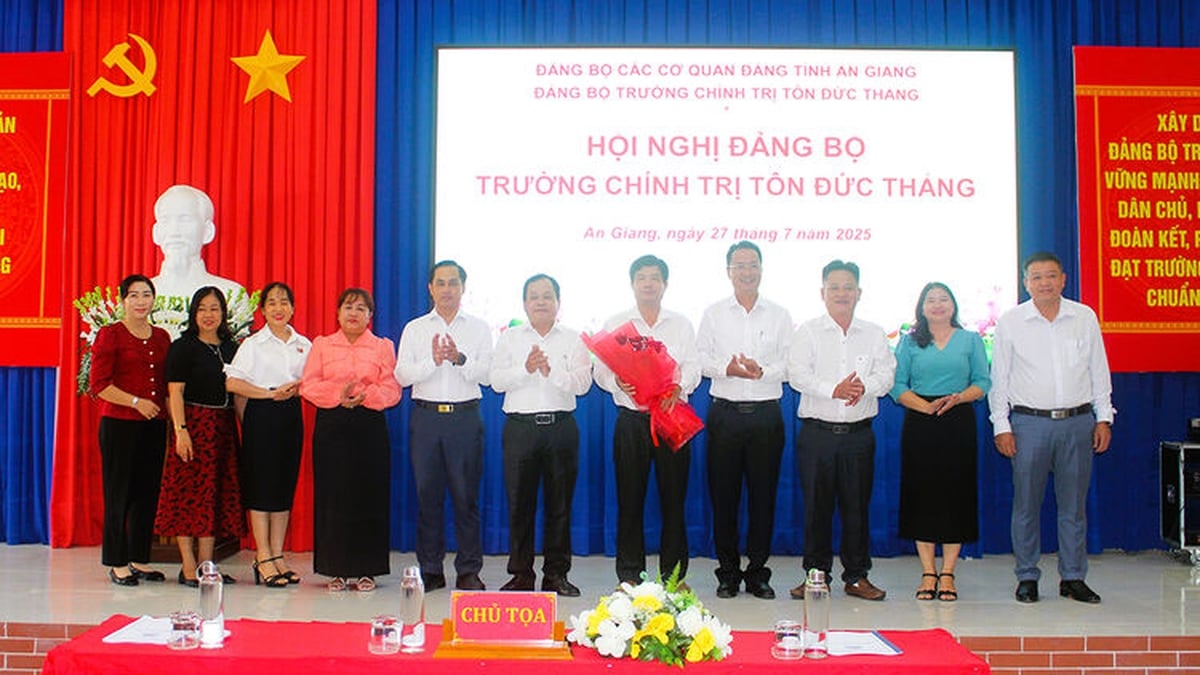
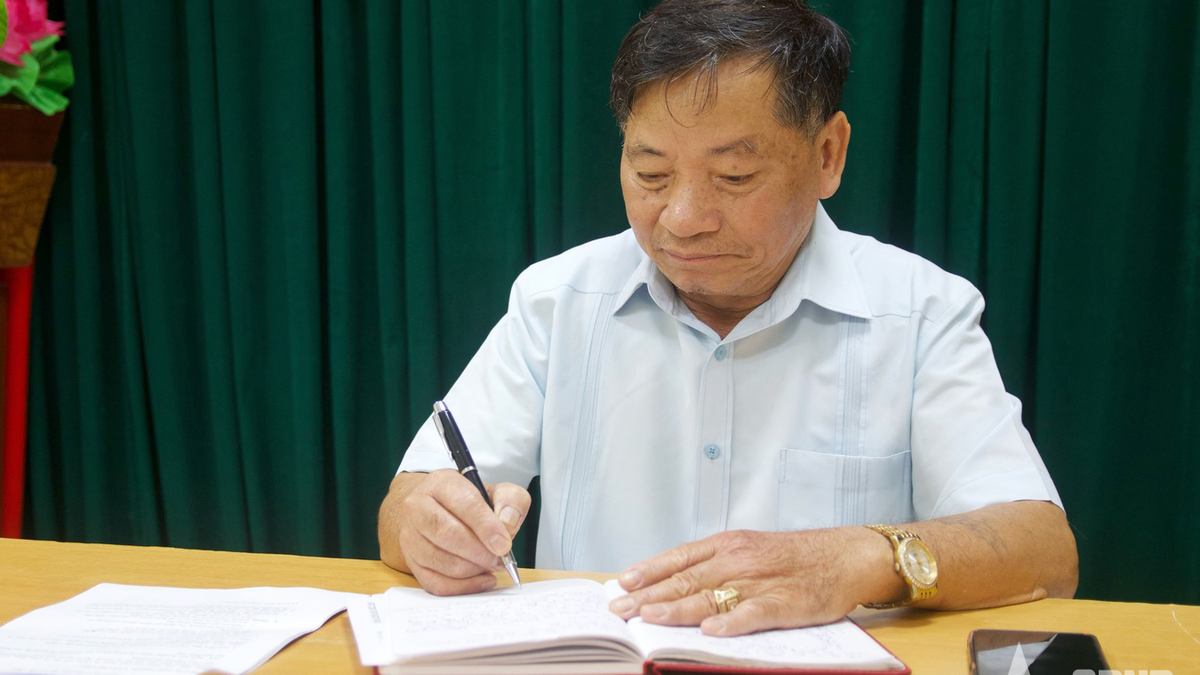
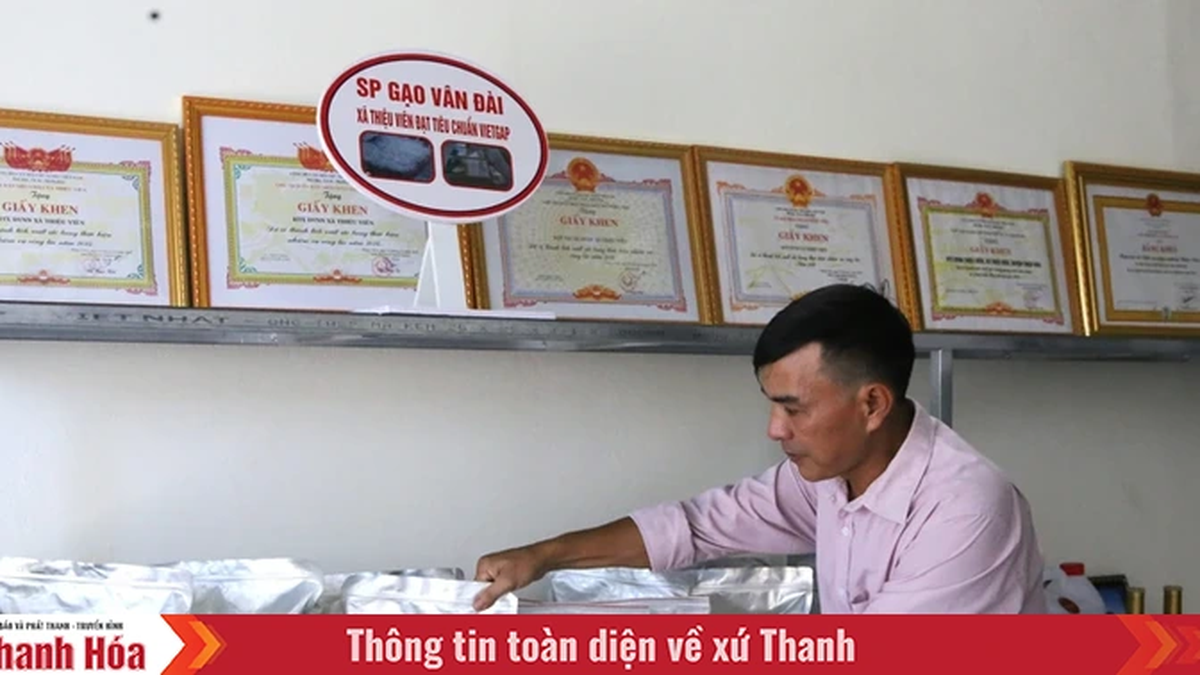
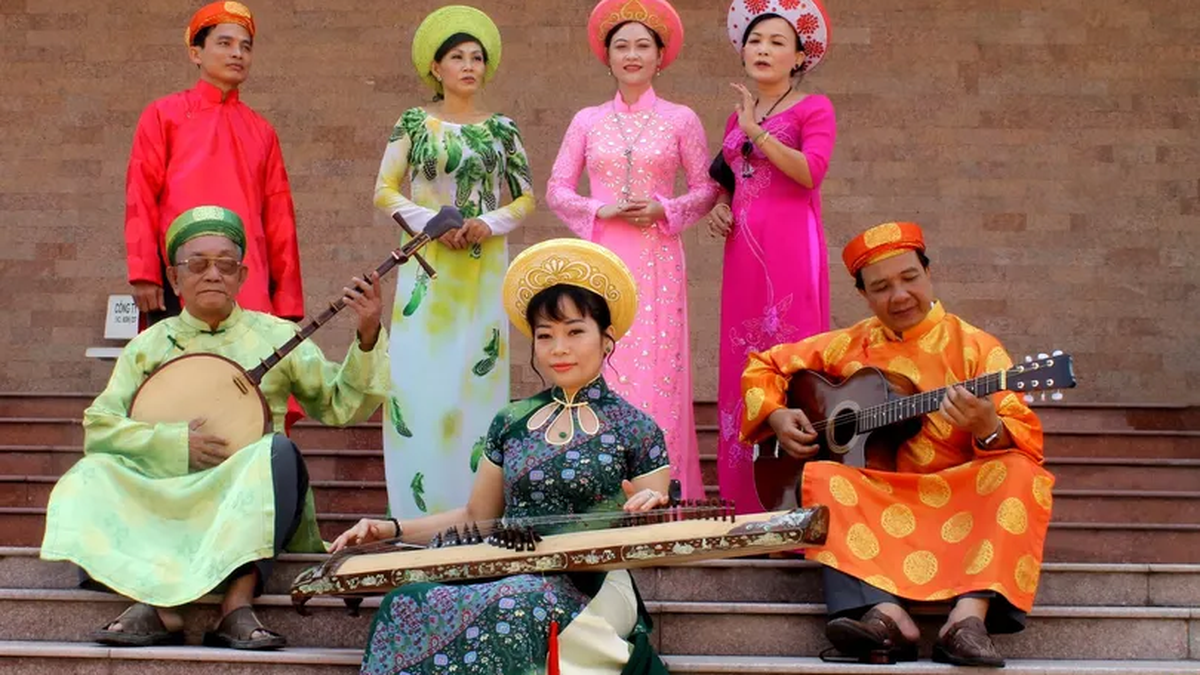













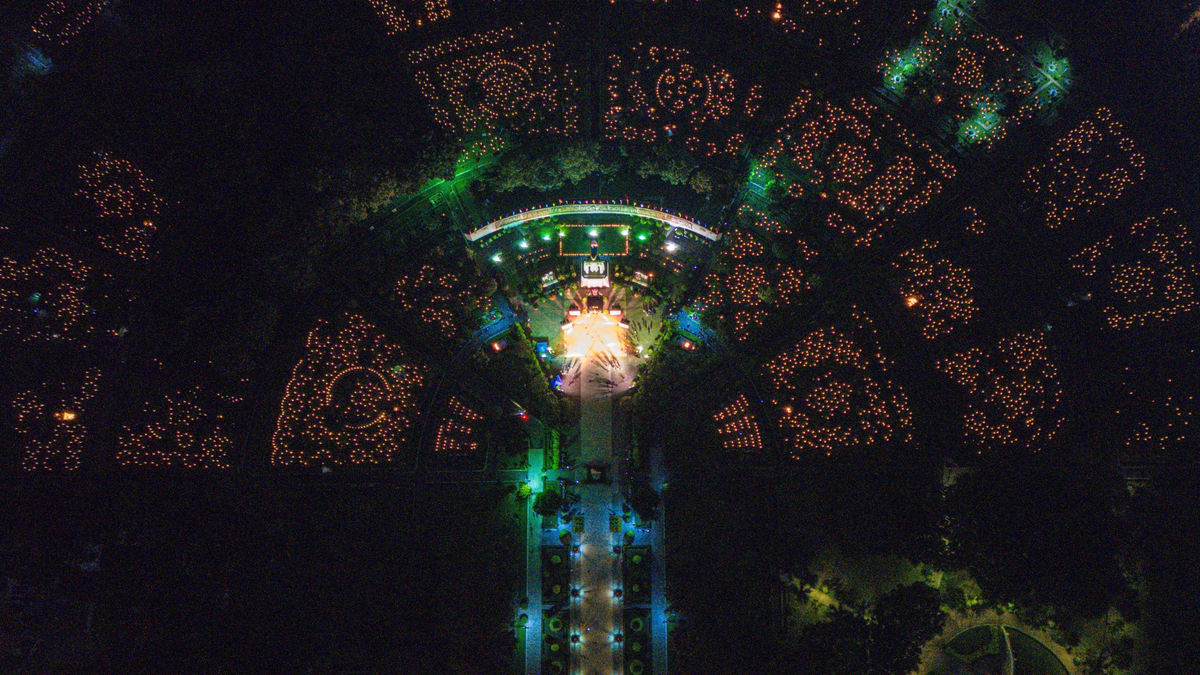
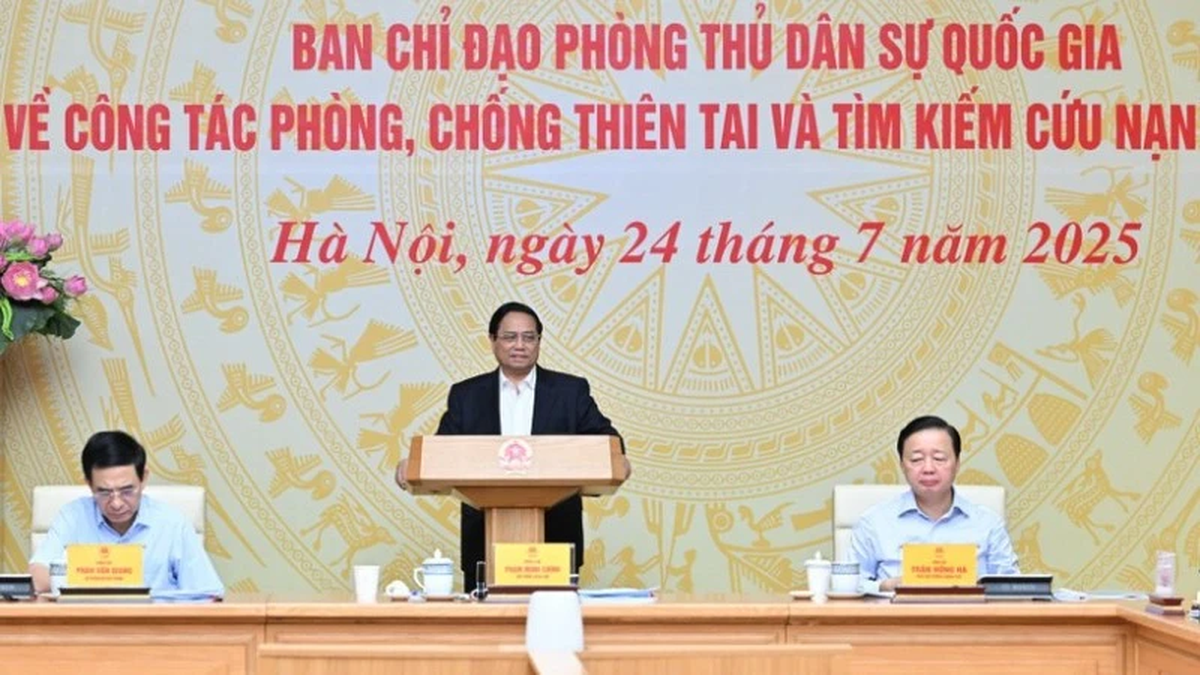

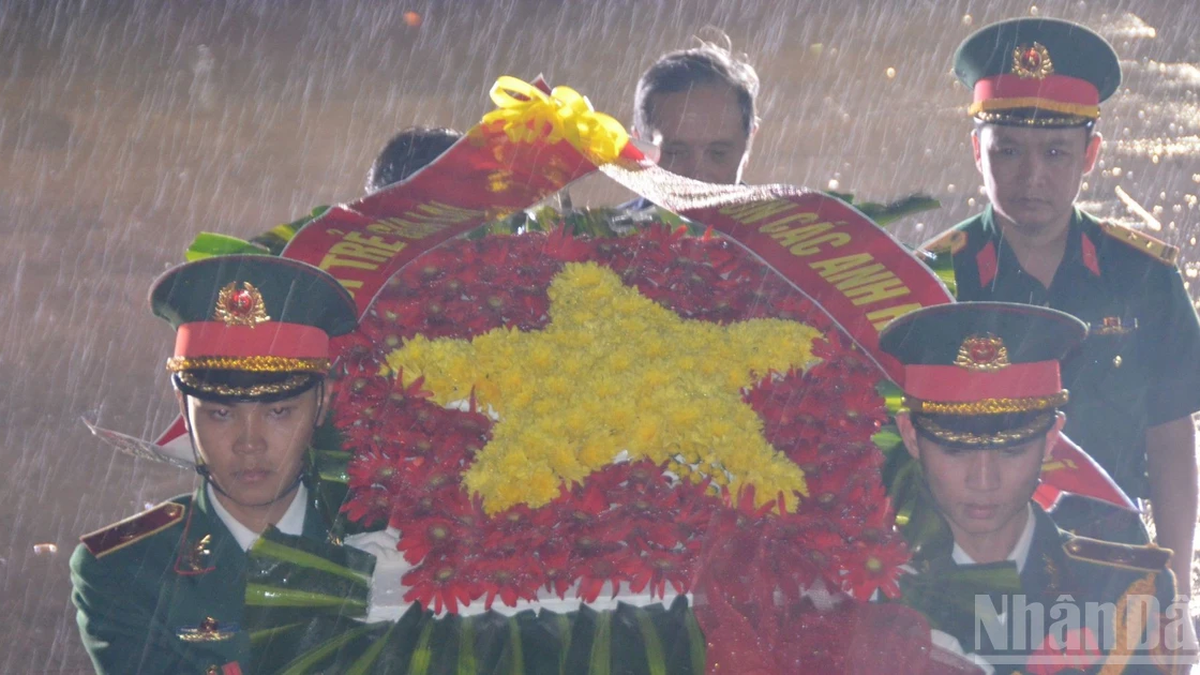
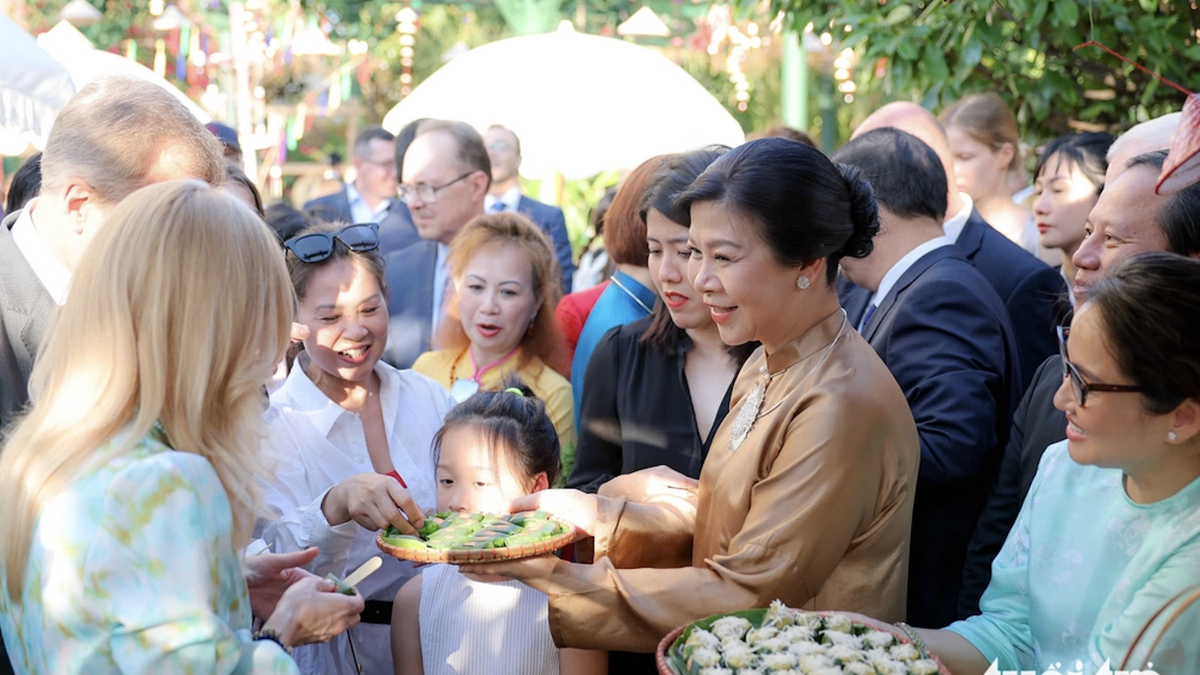





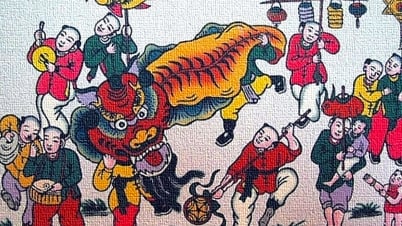



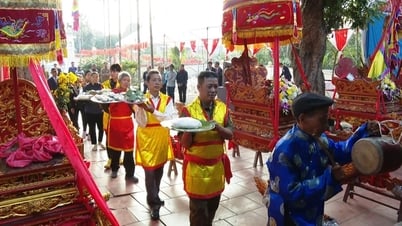






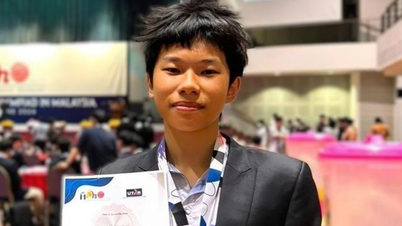






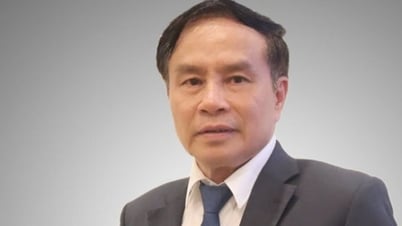










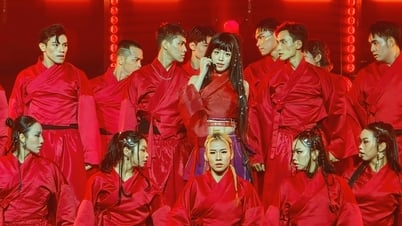

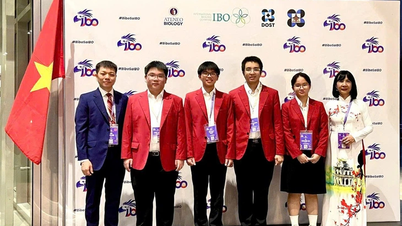





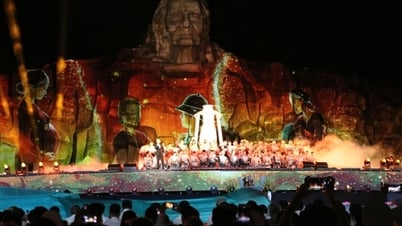



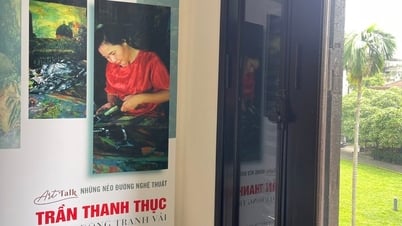
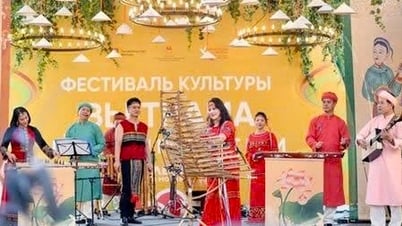


















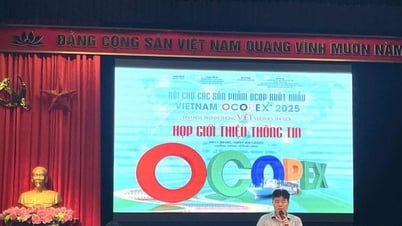






Comment (0)